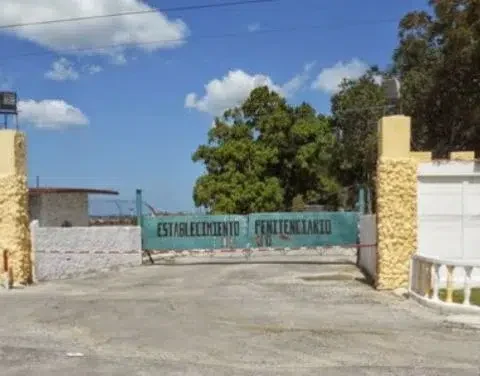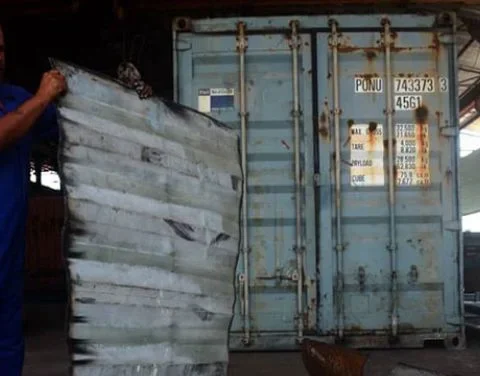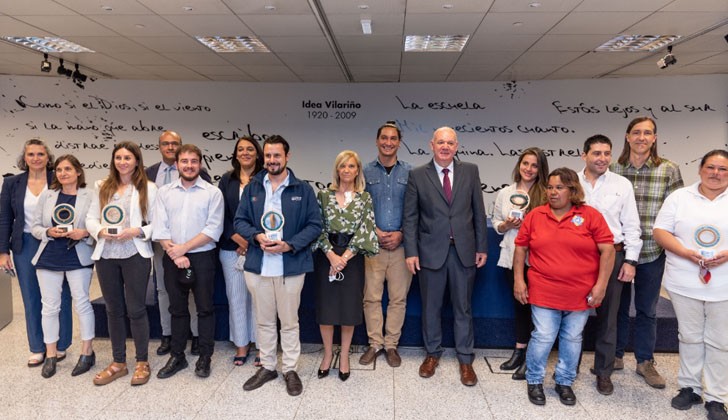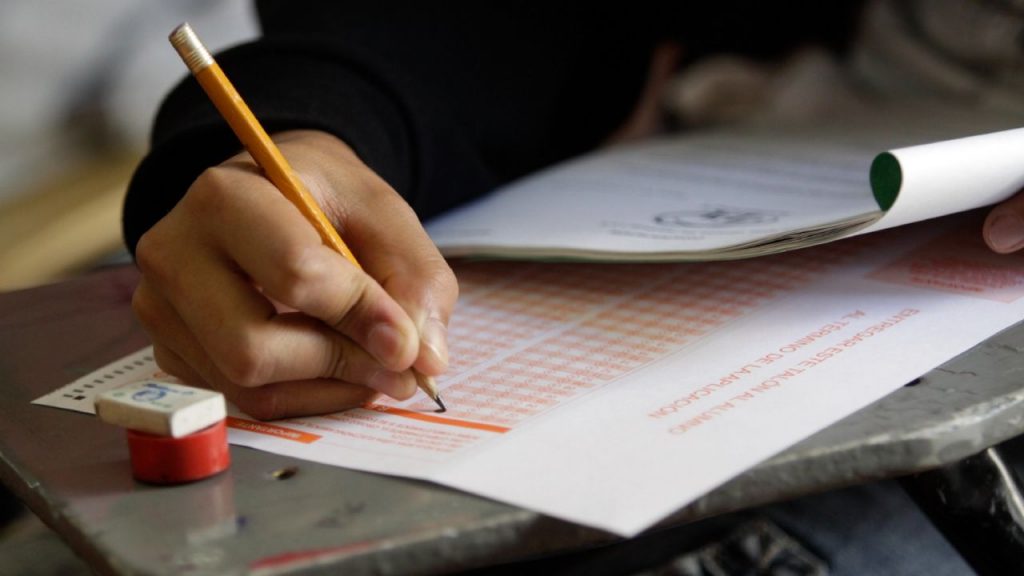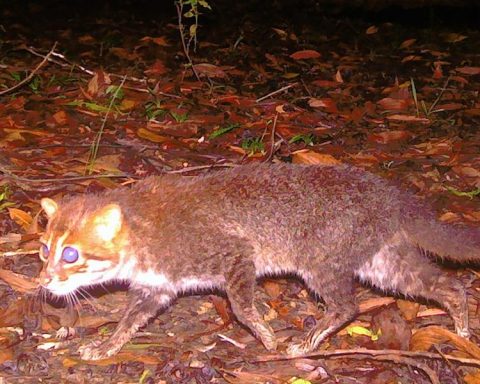The state swine company Holpor, located in Holguín, recovers the recipe for liquid feed for pigs, which was no longer manufactured since the Special Period, with the aim of making the animal’s meat cheaper and increasing its production. This year it is barely expected to reach 2,566 tons of the product, compared to the 8,625 planned, which are already very scarce for what the province demands.
Bismark Millán Maceo, current director of the state company, explains this Monday in the newspaper Granma that the current price of dry feed is currently reaching 8,000 or 10,000 pesos per ton and that, even when it comes to the lowest cost, the figure reaches at least 3,000. Against this, the same amount of liquid feed will cost between 1,500 and 2,000 pesos according to the company’s calculations.
To re-produce this food, the company will have to start up the liquid feed plant, dismantled in the 90s due to the crisis. Millán considers it sensible that production should be stopped at that time, but not that the equipment should be dismantled and sold to other companies, including the recovery of raw materials.
The prices of dry feed have tripled compared to those that existed before the pandemic. As an alternative, Holpor is manufacturing feed with domestically produced corn, but the quantity falls short
However, both he and the general director of the company, Yosvel Sarmiento Peña, are in favor of the recovery of the industry, which is part of the projects that the Government has until 2030, since, in their opinion, they will lower costs of pork meat production.
The prices of dry feed have tripled compared to those that existed before the pandemic. As an alternative, Holpor is making feed with domestically produced corn, but the quantity falls short. “Currently, we are producing about 300 or 350 tons of dry feed per month, but we have the technological capacity to reach 2,000 in the same period.”
If the recovery plans of the liquid feed plant work, it will be possible to “have an alternative feed of high nutritional value for the pigs, basically obtained from the processing of agricultural crop residues and waste collected in social institutions, as well as in tourist facilities “, they explain.
The recovery of pig farms in the State that were not exploited for a long time is one of the more than 60 government initiatives to stimulate food production.
The company does not rule out being able to sell very young pre-fattening pigs to private producers who have suffered in the last year the interruption of the breeding and breeding chain due to the lack of food for the animals. Individual products from Alquízar, in the province of Artemisa, explain to this newspaper that once the breeding line is cut it is very difficult to resume pig production.
“Once you eat the female before putting her on the mount and raising their young, everything is over,” details El Pana, an Artemiseño producer who dismantled his pig pen more than a year ago due to lack of feed. The sale of young specimens by the State is already made to cooperatives and state farms but it is still under study to extend it to private ones.
The Communist Party newspaper already warns of the difficulties to finish it in the estimated period “because today only the battery of six tanks that was saved because they used it to store honey are in operating conditions”
Holpor intends to recover in Moa ten ships with a capacity for 5,000 heads that will be added to the 22 ships whose covers were restored at the Cuba Sí 1 fattening site in Holguín, which admits a similar number of animals.
The recovery of the liquid feed plant, a task that should be completed in 2023, will cost 7,000,000 pesos, although, they say, it will produce 95 tons per day. But the newspaper of the Communist Party already warns of the difficulties to finish it in the estimated term “because today only the battery of six tanks that was saved because they used it to store honey, as well as the laboratory premises, are in working condition. preserved because they turned it into a semen center that, as is logical, will be relocated to other locations “.
For now, the process is in its initial phase and a boiler manufactured in Havana has been acquired, something remarkable for the newspaper, which praises the ability to have been able to buy a Cuban product for its industry.
In addition, Holpor had set his sights on another possible place with similar characteristics: the old comprehensive pig center in the municipality of Cueto. Recovering this place, which was a victim of pillage after its closure, would allow, according to the company’s calculations, to introduce some 1,800 breeders, “which would be decisive for the plans to increase the meat.” Of course, part of them would not be precisely for Cubans, since the company plans to allocate an indeterminate amount to the “tourist pole that emerges in Antilla.”
This plant would also be supplied with food waste from the hotel complexes that are in operation and the residues from the Cueto and Mayarí crops. But the Provincial Delegation of the Institute of Hydraulic Resources did not authorize it, considering that it would contaminate the Nipe dam, so Holpor is studying solutions to overcome the obstacle.
________________________
Collaborate with our work:
The team of 14ymedio He is committed to doing serious journalism that reflects the reality of deep Cuba. Thank you for joining us on this long road. We invite you to continue supporting us, but this time becoming a member of our journal. Together we can continue transforming journalism in Cuba.

